Statistics show that households of people with disabilities and caring responsibilities often face high energy costs.
The NIA-funded Power Wheels project explores how electric vehicles (EVs), (especially those used by disabled people through the Motability scheme) could store and share electricity through vehicle to home (V2H) or vehicle to grid (V2G).
By leveraging up to 40,000 of these vehicles, the project could act as a power station (virtual power plant (VPP)). This would help to lower costs, keep the lights on during power cuts and make sure energy support goes to those who need it most.
The Challenge
Rising energy costs disproportionately impact vulnerable households, particularly those with disabilities and caring responsibilities.
Statistics indicate that 27% of working-age disabled people live in poverty, often facing significantly higher energy bills (Scope, 2022). Many are forced to forgo heating or essential medical equipment due to financial constraints.
As EV adoption grows, particularly within the Motability scheme, there is an urgent need to maximise the benefits of flexible EV charging. The rapid advancement of V2H and V2G technology presents an opportunity to leverage EV battery storage to improve energy resilience for these households while contributing to overall grid stability.
What Happened?
The project originated from Northern Powergrid, the Centre for Energy Equality and Energy Systems Catapult, following a submission to the Energy Networks Association‘s Basecamp challenges.
The research phase of the Power Wheels project focused on assessing the feasibility of integrating EVs into a Virtual Power Plant (VPP).
The project explored the use of V2H technology to provide backup power for vulnerable households, ensuring uninterrupted operation of essential medical equipment and reducing energy costs.
Key stakeholders (including eligible households) were engaged to ensure the technology met safety and operational standards. The groundwork was also laid for developing digital tools for real-time monitoring and control, increasing the efficiency of the VPP.
Additionally, a financial and governance structure was proposed to ensure that energy flexibility benefits remain within the communities the project aims to support.
Solution & Results
Power Wheels demonstrated the potential for scalable and adaptable V2H solutions that can support vulnerable populations, particularly those reliant on medical devices.
The findings indicated that integrating EVs into the energy grid could help manage peak demand, improve grid resilience, and reduce energy poverty. By using stored energy from EV batteries during peak periods, the project provided financial relief to participating households.
The research also confirmed that V2H technology could be effectively implemented in urban, suburban, and rural areas, expanding accessibility. Additionally, the digital tools developed improved energy management efficiency, ensuring the VPP operated smoothly.
What’s Next?
The next phase involves transitioning from research to a scalable pilot trial, selecting pilot sites, and establishing partnerships with key stakeholders.
Further development of software and digital tools will enhance real-time monitoring capabilities.
Whilst the project aims to implement governance models that keep financial benefits within local communities, a larger rollout will focus on integrating additional EVs into the VPP, enhancing energy resilience for a broader range of vulnerable households, and supporting a more sustainable energy future.
Last Updated
17 July 2025

